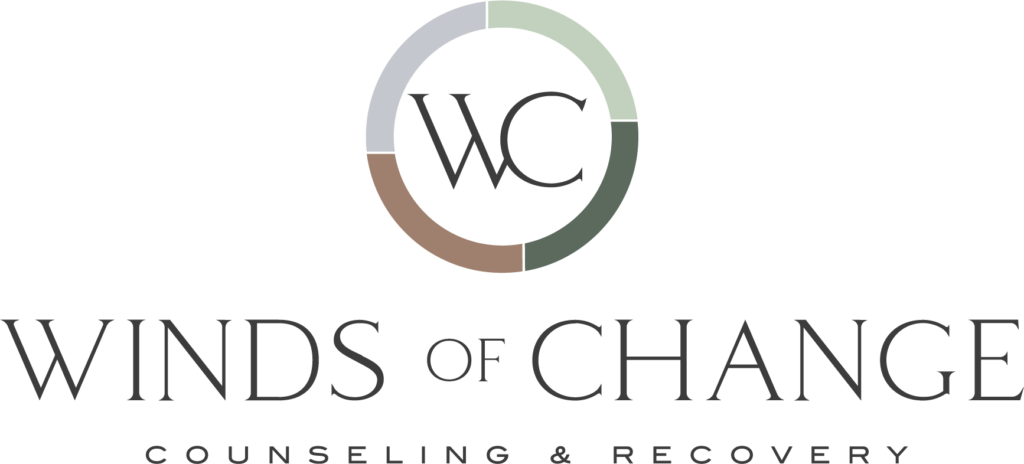What is trauma? Where does it come from? What does it look like? Most people think trauma is a result of being in a war or from a specific event. However, trauma can come in many different forms for many different people.
Trauma is in the eye of the beholder. What I see as traumatic may not be an impact for others, and vice versa. Additionally, trauma can stem from a collection of events that have a long-lasting impact.
Simply put, trauma is our brain’s response to stress. When we experience a highly stressful situation, our frontal lobe, which is responsible for decision making and problem solving, shuts down. Immediately, the hippocampus releases high levels of cortisol and adrenaline. When this happens, our amygdala goes into fight, flight, or freeze mode. Our brain then creates a neural pathway, which in turn implants a memory. Thereafter, whenever we are in a situation that may cause stress, this neural pathway lights up and can bring back the feelings associated with that highly stressful memory. We may not have flashbacks or an intrusive memory, but the situation recalls the cortisol and adrenaline levels associated with that stressful situation. For example, when we experience physical, emotional, verbal, or sexual abuse, abandonment, bullying, or neglect, it could cause the neural pathway to the amygdala to be triggered. After a situation like this, when we feel belittled, attacked, or abandoned, the brain’s response is similar to the original highly stressful situation, which triggers our fight, flight, or freeze response.
My belief is that trauma has a voice. When we experience trauma, highly stressful situations, or abuse, a voice begins to develop. This voice may sound like “I’m not good enough,” “I’m unlovable,” “I’m not important,” and so on. This voice could show up from someone who wasn’t emotionally or physically available for us, from someone who makes other things more important to them than us, or from someone who makes us feel like nothing is ever good enough.. The messages from these voices begin to shape our view of ourselves and impact our behaviors and choices.
So, how do we heal trauma and change its voice? We must learn how to be vulnerable! And allow a professional to guide us through this process. Healing from trauma is scary, so we often avoid it. It’s hard to see or accept that we aren’t responsible for the things that did or or didn’t happen to us. However, it’s not our fault. What is our responsibility is to heal from the pain that someone else caused. Additionally, we must begin to take responsibility for the continued suffering we have put ourselves through because of this trauma. We all carry trauma and the voices of trauma. The good news is that it can be healed; it doesn’t have to dictate our life or our view of ourselves. Only after we heal ourselves can we take back our life and move forward with a deeper purpose.
Walk in Beauty,



